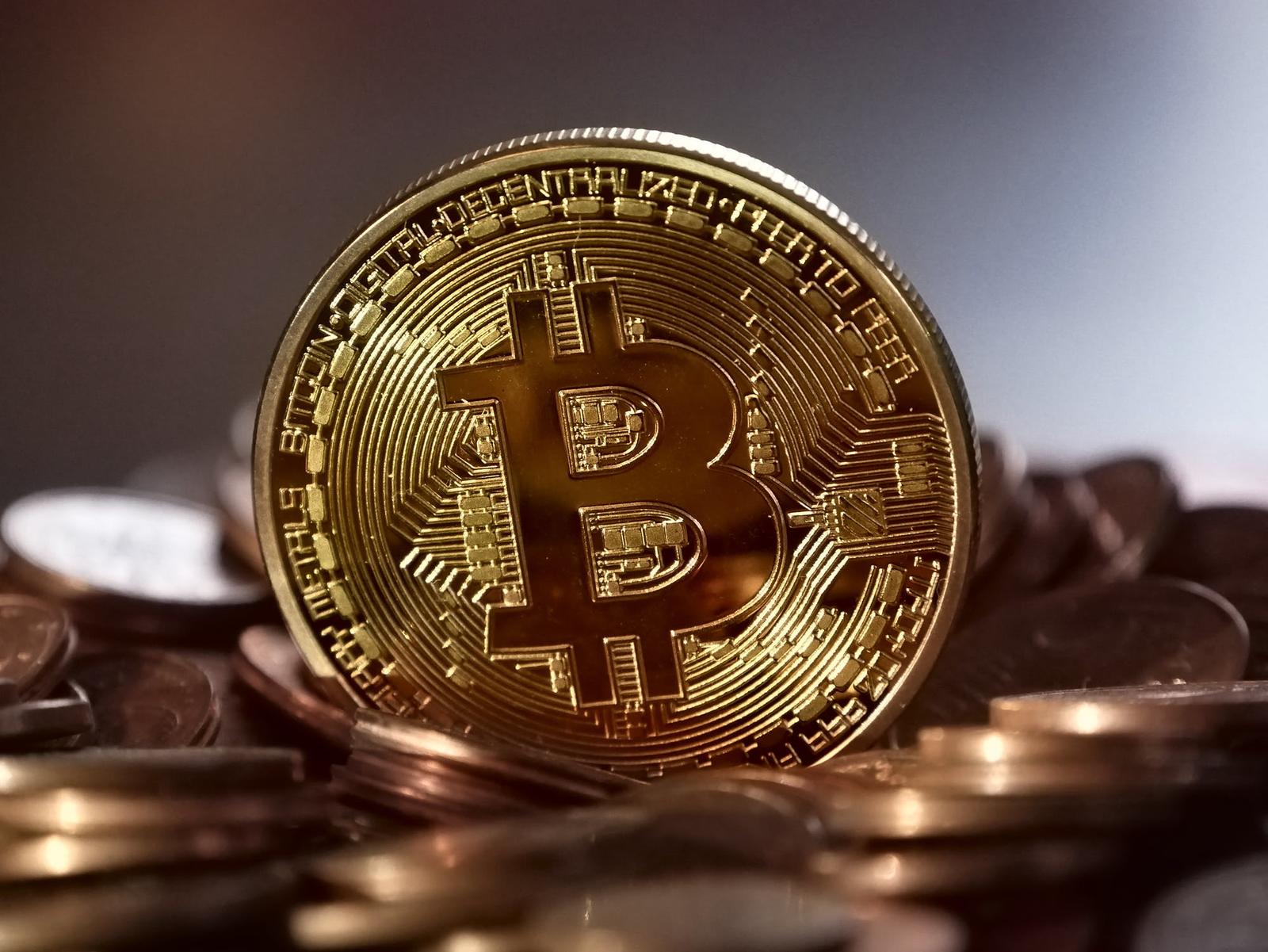Bitcoin’s future is a mystery that continues to baffle many people. A limited supply cap is one of Bitcoin’s most pre-dominant characteristics. Its creators, Satoshi Nakamoto, designed Bitcoin to essentially serve as digital gold, with a capped supply to mimic the finite quantity of the precious metal. The maximum number of Bitcoin that will ever come into the market is 21 million only.
Miners add new tokens to the existing supply every ten minutes on average. The number of Bitcoin tokens mined per block reduces by 50% after every 210,000 blocks or four years. Miners have minted an estimated 19 million tokens, leaving only about 3 million more.
An interesting consideration however is: what would happen once miners reach the target of 21 million tokens?
Attaining the 21 Million BTC Threshold
Experts say Bitcoin supply will never reach 21 million because the network uses bit-shift operators that round some decimal points to the closest smallest integer. That may occur when the network halves the block reward for creating a new Bitcoin block and re-calculates the new prize. People express the award in Satoshi’s, with one Satoshi equivalent to about 0.00000001 BTC.
More from Finance
- 5 Ways Private Banks Support Entrepreneurs
- Why Cybersecurity Is Now a Top Priority for Private Banks
- Sark: The Last Tax-Free Haven For UK and Irish Residents
- Why Commodity Prices Fluctuate and What It Means for Investors
- Bahrain: The Last True Zero-Tax Jurisdiction or an Overlooked Opportunity?
- Technology And Money: How The World Of Finance Has Changed
- Apps To Help You Save Money On Eating Out At Restaurants
- Best Tools and Software for Oil Trading Analysts
However, a Satoshi is not divisible in half because it is the smallest unit of measurement in the Bitcoin network. Bit-shift operators are programmed to round down the numbers to the nearest whole integer when prompted with splitting a Satoshi in half to calculate new rewards for miners. The systematic rounding down of Bitcoin block rewards is the main reason why the Bitcoin supply will likely fall short of the 21 million.
What Happens After Mining All 21 Million BTC?
No new Bitcoins will be issued once miners have attained the maximum of 21 million, even if that number is slightly below the cap. Miners will continue to verify and validate Bitcoin transactions into blocks for rewards. However, their prizes will be limited to the transaction processing fees, often levied on users by crypto exchanges such as Meta profit
Bitcoin hitting its supply target of 21 million tokens will likely impact miners. However, the effects will partly depend on Bitcoin’s evolution as a cryptocurrency. Bitcoin miners will still generate profits from the transaction processing fees if the Bitcoin blockchain processes many transactions in 2140. The same could still happen if Bitcoin primarily becomes a store of value rather than a transaction currency in 2140, even with the disappearance of block rewards and diminishing transaction volumes.
Miners could charge higher transaction fees for processing high-value Bitcoin transactions or larger batches of payments. That would be possible with the more-efficient layer two blockchains such as the Lightning Network that facilitate prompt daily Bitcoin spending. Consequently, some adverse outcomes may surface if mining ceases to deliver reliable profits.
One of the outcomes is that miners may form cartels or groups to control mining resources and command higher transaction fees.
Another potential outcome is selfish mining operations, where miners collude to hide new valid blocks and later release them as orphan blocks, not yet confirmed by the Bitcoin network. The practice can significantly increase the payment processing times and force Bitcoin users to pay higher transaction fees for the new blocks when miners validate them on the blockchain.
Bitcoin reaching its supply cap would also impact its prices. Investors can expect Bitcoin prices to go up as its supply diminishes. However, experts point out it is challenging to predict what will become of Bitcoin’s worth in the next 120 years. Prices will mainly depend on future demand and regulations.
Bitcoin’s finite supply can’t exceed 21 million tokens, which will eventually run out. Although that will have different impacts on crypto users worldwide, miners are the ones who are likely to feel the heat.



